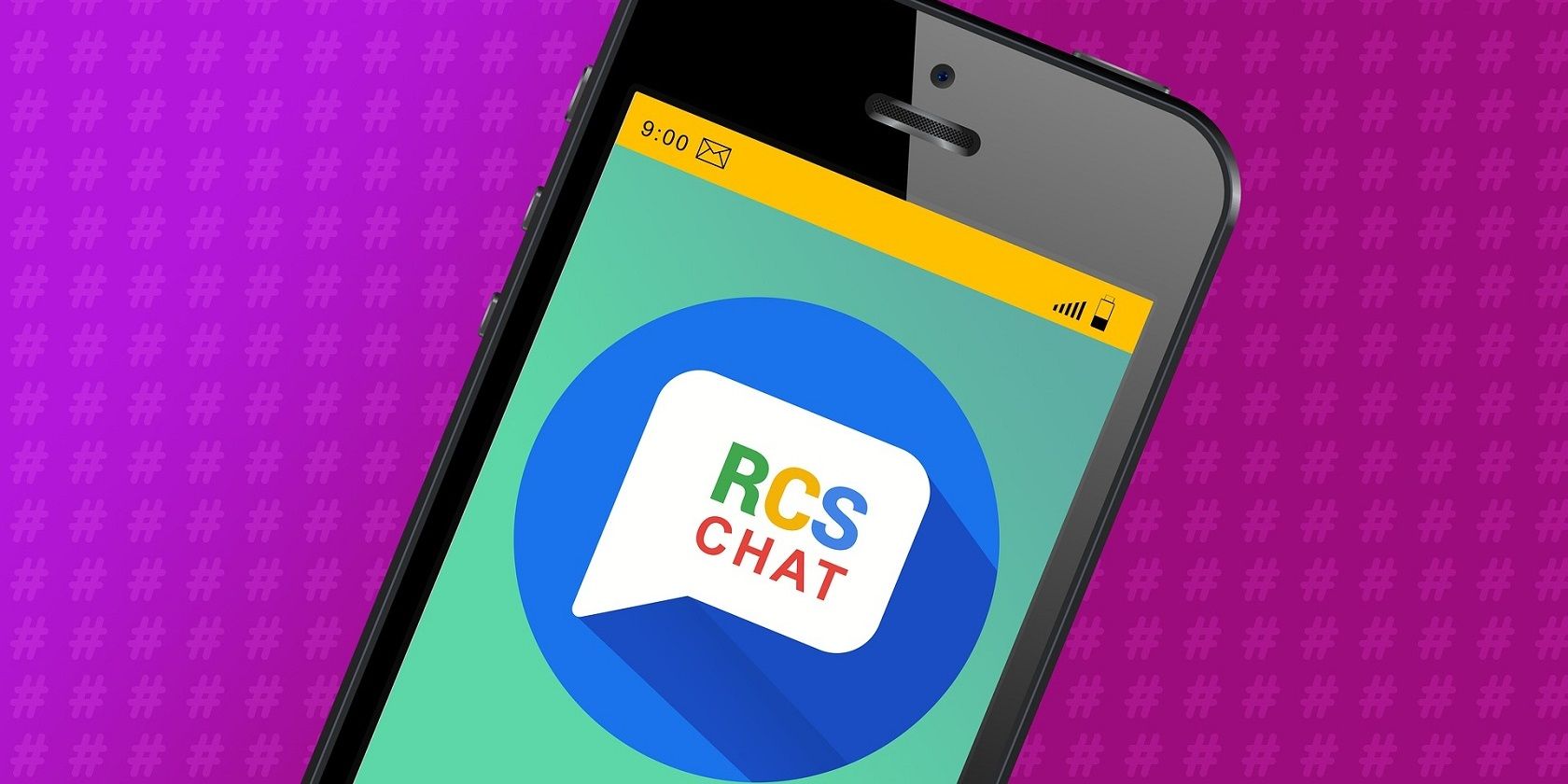Texting has evolved alongside smartphones. We’ve moved on from SMS messages with emoticons to richer texting experiences, thanks to file and media sharing, emojis, stickers and GIFs, end-to-end encryption, read receipts, typing indicators, and much more.
Yet, even with contemporary smartphones, we’re still unable to fully enjoy the benefits of modern messaging while texting between Android and iPhone devices. Google has said this is because Apple doesn’t support RCS, the modern text messaging standard.
So now, Google has a new tactic up its sleeve, and it’s dead set on making Apple get the message and make the switch.
Green Bubbles vs. Blue Bubbles: What’s the Problem?
When iPhone users send a text message to another iPhone user, it shows up in the Messages app in a blue bubble. However, when Android users text an iPhone user, it shows up in a green bubble. Apple uses the green bubbles to notify the iPhone user that certain iMessage features won’t work anymore because there’s an Android device in the chat.
But the problem isn’t the color of the bubbles—even though Google doesn’t think white text on a light green background is good design—it’s the dated quality of the SMS and MMS services they use.
Apple sends iPhone-to-iPhone messages via its proprietary iMessage network, which boasts several modern features, like tap-back reactions, high-resolution media, typing indicators, read receipts, and more. iMessages also send over the internet, so they can be sent for free and don’t require cell data.
But, with Android-to-iPhone or iPhone-to-Android messages, Apple sends and receives texts as SMS and MMS, which Google’s #GetTheMessage website refers to as “out-of-date technologies.” And we have to agree.
The Problems With SMS Texts
The SMS/MMS protocol is unable to render high quality medial, which means recipients get blurry or pixelated photos. SMS/MMS texts between iPhones and Android devices can’t always be sent over Wi-Fi, which means users are left hanging if they don’t have cell service. There are no read receipts and typing indicators in SMS texting, and the 160-character limit doesn’t help either.
To boot, SMS and MMS don’t support end-to-end encryption, which isn’t comforting in this age of rampant man-in-the-middle attacks. So yes, the cross-platform messaging experience isn’t very pleasant overall.
Google proposes one solution: Apple should adopt RCS instead.
What Is RCS and How Does It Work?
RCS (or Rich Communication Services) is an improved texting protocol that upgrades the text messaging experience. With RCS support, users would be able to send messages over Wi-Fi and access interactive features like typing indicators, emoji reactions, read receipts, and the ability to send and receive high-resolution photos and videos up to 105MB in size.
There are a few requirements for RCS to work as designed, though. First, service providers must support the protocol, and you’d also need a compatible device and messaging app. Second, and more importantly, the recipients’ provider, device, and messaging app need to support the RCS protocol too; otherwise, messages revert to the SMS/MMS standard, which is what’s happening with Apple and Google currently. We go into more detail about how the technology works in our guide to RCS messaging.
Google’s #GetTheMessage Campaign
This new attempt is different to the last time Google tried to get Apple to switch to RCS. This time, the company is enlisting the public to assist, rallying the public on social media to “bully” Apple into submission.
It’s a big (and growing) social media movement, starting out with Google encouraging users to spread the message with the hashtag #GetTheMessage. But it has since taken on a life of its own, as the campaign is helping more users learn about the ways RCS can improve their texting experience.
Google is even using influencer marketing to get the point across, with celebrities like Keke Palmer spreading the word via Instagram.
Google’s earlier barbs at Apple weren’t as rousing as this one. Earlier in the year, Hiroshi Lockheimer, Google’s senior vice president for mobile platforms, accused Apple of intentionally sticking to the outdated SMS/MMS protocol because the “green bubble bullying” meant more sales for the company.
And Lockheimer’s claims aren’t unfounded. Back in 2021, we learned why Apple doesn’t want to share iMessage in court documents that quoted Apple’s Phil Schiller with saying, “Moving iMessage to Android will hurt us more than help us.”
Now there’s only one question left to ask…
How Will Apple Respond?
Apple hasn’t officially responded to Google’s jabs, and there is no indication that it’ll bow to the mounting pressure. You see, Apple has little to gain by adopting RCS, mostly because the iMessage protocol serves Apple’s lock-in strategy to keep users in the ecosystem.
And we all know, Apple does not compromise on its ecosystem unless an external authority steps in.


.jpg)



